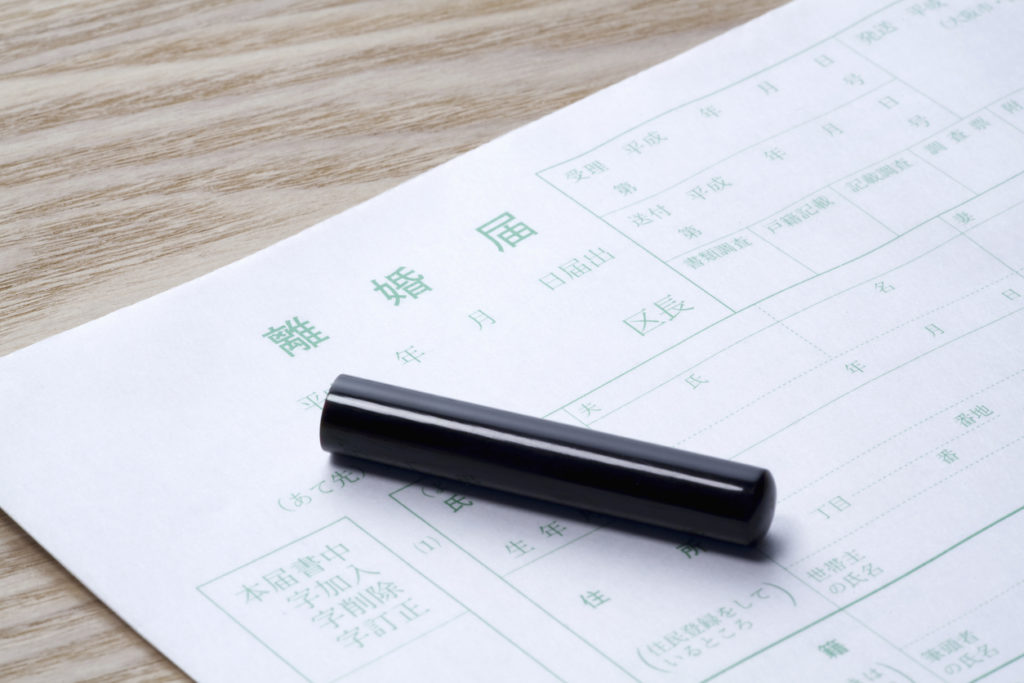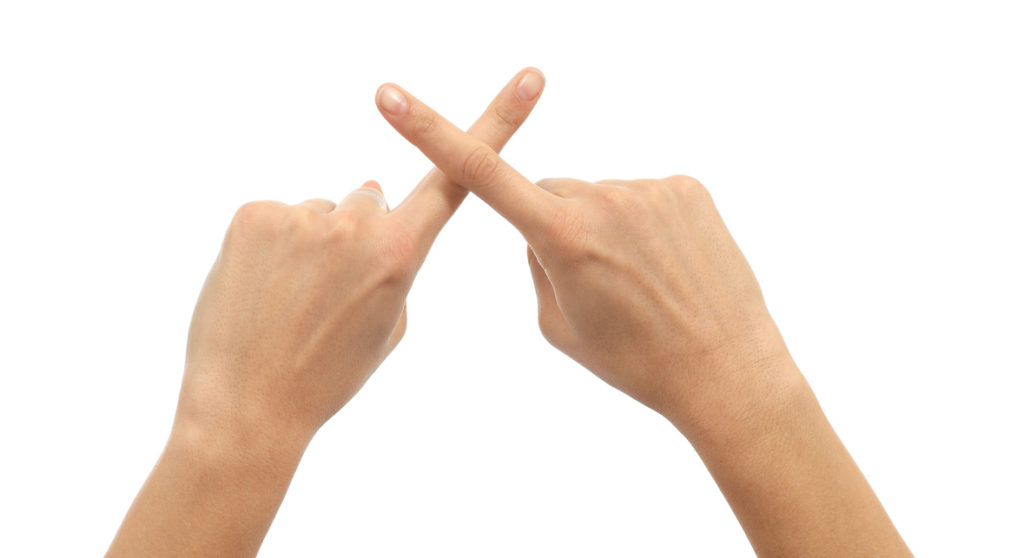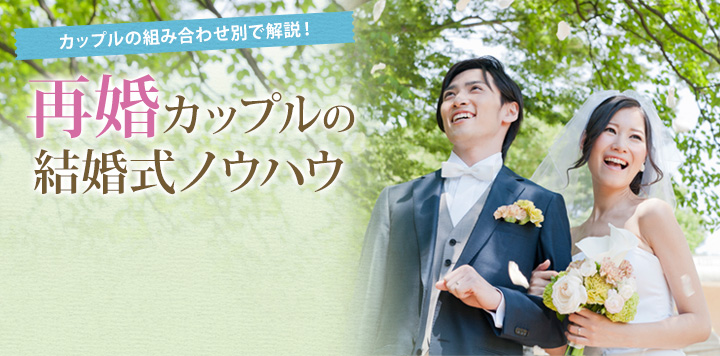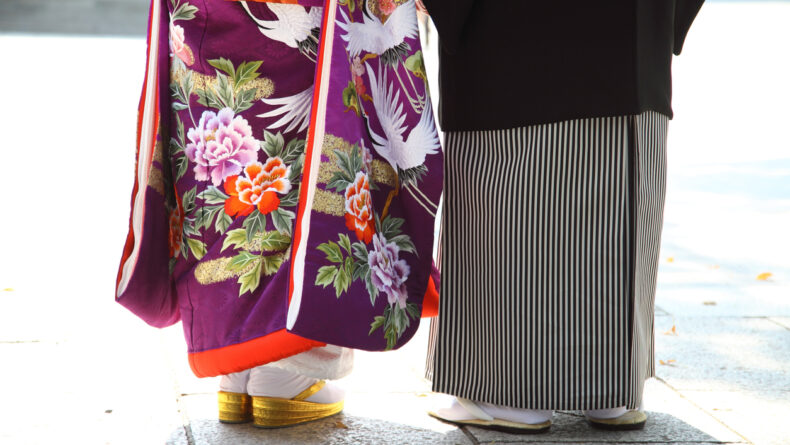From Batsu To Maru: Japan’s Shift In Attitude Toward Untying the Knot
Reconsidering Japanese Perceptions on Divorce and Remarriage
Batsuichi. Maruni. What do these terms mean and signify in Japan? Savvy Tokyo takes a closer look at how divorce is traditionally perceived in Japan and how people’s attitude toward it may be changing.
Recently, I was having lunch with one of my close female friends. She’s in her late 20s and recently divorced her husband, with whom she had been dating since college. The reason was simple: her husband had serious money issues that caused a major problem between them to the point that it broke their relationship. Even though she had a solid reason to separate from him, she kept telling me that she isn’t “pure” and shouldn’t actively seek out new love. Why? I asked and she responded that she is now “batsuichi” — a common Japanese term used to refer to someone who’s undergone divorce, which roughly translates to “strike one” or “one name struck from the family register.”
Should the marriage end in divorce, however, the name was crossed out with a large “X” — a symbol Japanese people call batsu.
Another day, I was enjoying lunch with another friend in her early 40s. We were updating each other on what had been happening in our lives recently when she started talking about her now second marriage — or, more precisely, whether or not she should continue her marriage with her cheating husband. It was clear that my friend was both fed up and devastated, as this was not the first time her husband had had an affair. Yet she was reluctant to leave him because doing so would make her batsuni, or someone who has been divorced twice.

While listening to my friends talk, a question — or rather, a series of questions — came to mind. Why are these women feeling a sense of guilt about divorcing their problematic spouses? Why should divorce get in the way of starting a new life? As someone who has spent over 10 years living in the U.S. and seeing how marriage and family take various forms and shapes overseas, I couldn’t help but ponder this distinct Japanese negative attitude toward divorce.
The Scarlet Letter X: Divorce in Japan’s registry system
The extreme negativism toward divorce in Japan is largely rooted in our koseki, or family registry, system. Back in the days when registry records were handwritten, when two people tied the knot, one of them took on the spouse’s surname, thus marrying into the spouse’s family. His or her first name was written into the spouse’s official family register. Should the marriage end in divorce, however, the name was crossed out with a large “X” — a symbol Japanese people call batsu.

Japan’s “rikon–todoke” (divorce registration form)
Thus, if one divorces, they would have one batsu on their family registry, becoming “batsuichi” (one divorce). Divorcing twice means one would have two “X”s, thus becoming batsuni. These terms are said to have become commonly used in the early 1990s when veteran comedian Sanma Akashiya organized a press conference to announce his divorce with actress Shinobu Otake, during which he appeared with an “X” painted on his forehead and self-deprecatingly referred to himself as batsuichi.

As many of you who have lived in Japan long enough know, “batsu” is used to show that something is not good or correct. The same symbol is used by teachers when correcting students’ tests and the gesture is commonly used to show that something is “a no go” or not good enough. This “batsu = no good” stigma happened to perfectly match the “divorce = no good” association for the majority of Japanese people.
The times they are A’ changin’
The situation surrounding divorce, however, is slowly beginning to change in Japan. A survey conducted by Japan’s Ministry of Health, Labour and Welfare for fiscal 2016 showed that the divorce rate was 1.73 per 1,000 population. Compared to the pre-war period, the rate has gone up roughly threefold. There were 621,000 marriages in that particular year and 217,000 divorces — in other words, more than one in every three marriages involved divorce. Furthermore, a data compiled by the welfare ministry in 2015 showed that one in four marriages in Japan involved a divorced person, the highest since 1952, the earliest year for which comparable data exist. These numbers are a clear sign that divorce is increasingly happening in Japan and perhaps that the Japanese are becoming more accepting of the idea of separating and remarrying.

An ad by wedding company Mynavi Wedding promoting “the know hows” of wedding ceremonies for second marriage couples.
In light of these changes in perceptions, in recent years there’s a rising media-driven move to replace the negative notion of “batsu = no good” with maru (circle) — a symbol used in Japan to indicate that something is good, correct or positive. Recruit Holdings, a company that publishes the widely popular bridal magazine Zexy, created and selected the term “maru ni” as one of the buzzwords for 2014 to encourage people to take a second shot at finding a soulmate, pushing forward the idea that just because the first time didn’t work out, it’s wrong to think that one should spend their life hiding under a futon and with curtains drawn. This trend is gradually — though still slowly — taking roots in modern Japan. A few decades from now, perhaps the idea that divorce is embarrassing, wrong or a cause for guilt, may change in people’s minds — and even in official registries.
The next time I see my friends, I’d like to emphasize that a divorce can be maru, not batsu, and that they, like everyone else, have all the right to actively pursue true love, lasting happiness and their own way of life if they couldn’t find it the first time.















Leave a Reply